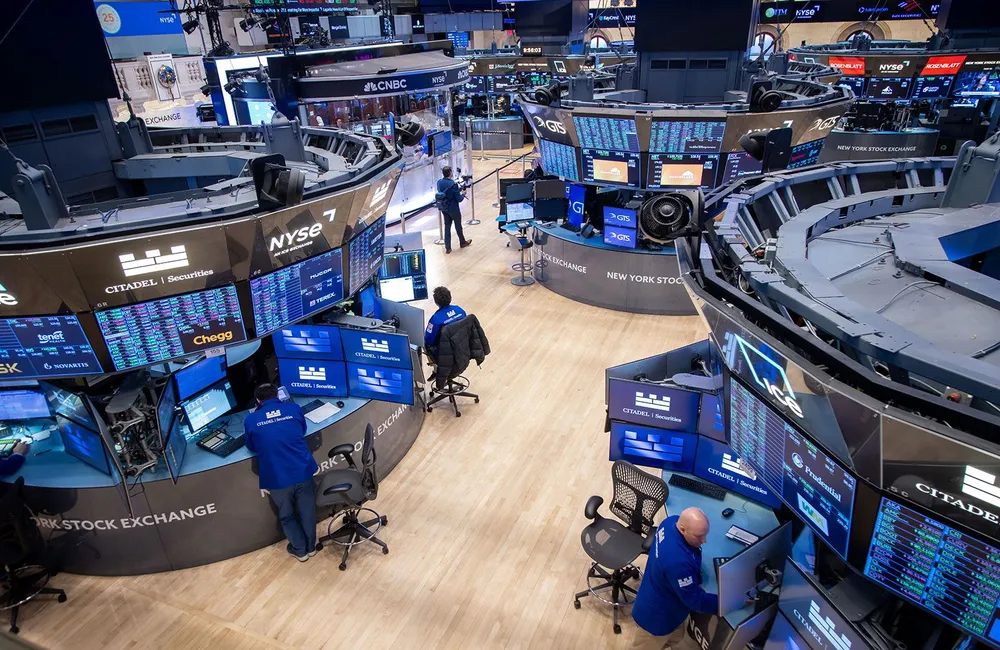It’s a black day in Europe, as we hit one full month since Russia invaded Ukraine. Over 3.5 million people have fled from Ukraine since 24 February and thousands have been killed. While NATO’s 30 allies are meeting to discuss the conflict, we break down the effects of the war on financial markets.
A lot has happened in the past month. We have seen financial sanctions, funds and indices fleeing Russian assets, and some countries even recommitting to investing in green energy as a means to reduce dependence on Russian oil and gas. Only a couple of days ago, cigarette makers revealed intentions to suspend operations, scale back plans and transfer property to third parties.
Crude Oil Prices Have Shot Up
The price of energy, oil and gas and other commodities has skyrocketed. The price of crude has risen by nearly 30% in total – but this includes a lot of volatility as well.
Currency Volatility
After the war started, sanctions were imposed by Western powers and the rouble fell 30% vs US dollar. But the Russian currency has since regained lost ground.
Europe Takes a Hit
The European market has taken a bigger hit than the US, due to the geographical proximity and its reliance on Russian energy. Yet the European index is nearly back where it was before the war.
Clean Energy Soars
In the last month, sector profitability has been massively different as well. Energy alternatives, of course, have performed better than most. The S & amp; P Global Clean Energy index is up more than 20%. On the flip side, defensive stocks, as measured by the MSCI World/Consumer Staples index, were a little more or less flat.
Wheat Price Hike
Last but not least, the war in Ukraine has a tremendous effect on the prices of agricultural materials. Ukraine is a large exporter of wheat and the Morningstar Global Agriculture Inputs Index has gained 20% since late February.





















